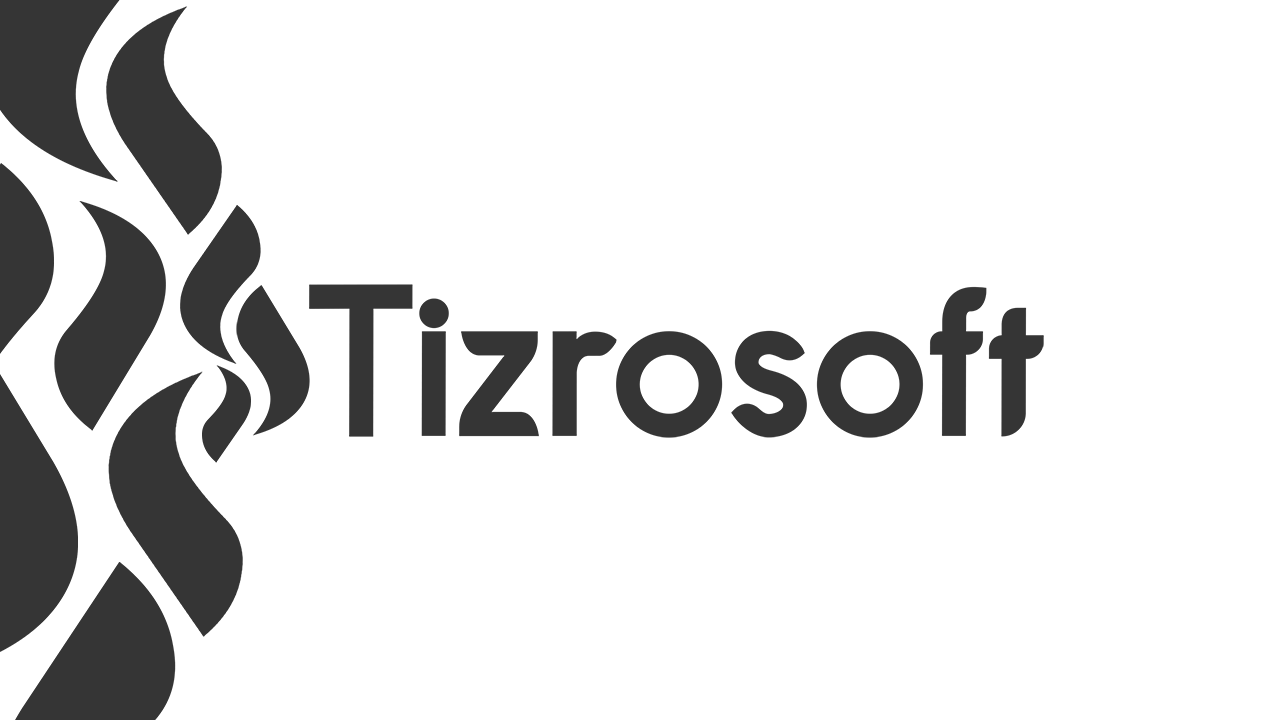Hidden Layer.
Tizrosoft’s Private Distributed Platform: Redefining Sovereignty, Anonymity, and Data Security in the Dark Fabric of the Web
In an era where digital interactions are expanding exponentially and data-centric infrastructures are becoming the core of strategic decision-making, Tizrosoft has introduced a sophisticated, off-surface platform that fundamentally reimagines how privacy, sovereignty, and encrypted interactions can operate beyond the reach of conventional networks.
More than a software suite, this platform represents a paradigm shift built to serve as the foundation for decentralized, non-traceable, and cryptographically autonomous systems. Designed for use cases where security, limited access, and independence from centralized infrastructure are critical, it steps outside the bounds of traditional cyberspace to operate within an ultra-secure, distributed topology.

A Platform for Restricted Access and Non-Public Offerings
One of the platform’s core functions is the delivery of specialized products and services that cannot be made available through standard internet channels due to regulatory, security, or commercial constraints. These include classified software modules, custom security tools, anonymous data processing frameworks, and analytics services tailored to sensitive environments. Access to the platform is restricted and permissioned available only to vetted individuals or organizations through multi-factor hardware tokens and cryptographic certification protocols. In short, this is not a public-facing system.
Adaptive Fractal Mesh Architecture
Unlike conventional peer-to-peer or client-server models, Tizrosoft operates on a dynamic Fractal Mesh framework an architecture that reconfigures itself in real time based on contextual behavior, risk patterns, and cryptographic trust. Nodes are self-governing, autonomous, and capable of forming ephemeral data routes that fragment, obfuscate, and re-encrypt every packet across multiple vectors before transmission. Each path becomes mathematically unpredictable and untraceable, ensuring absolute confidentiality even under deep forensic scrutiny.
Multi-Layer Cryptographic Infrastructure
At the heart of the system lies a multi-dimensional encryption engine that leverages hybrid cryptographic stacks combining AES-256, ChaCha20, RSA-4096 with post-quantum algorithms such as Kyber and Dilithium. This ensures resilience against quantum-level cryptanalysis and renders intercepted data computationally useless without distributed private keys. Real-time in-node encryption and adaptive cipher escalation protocols protect every transaction at rest and in motion.
Decentralized Data Sovereignty with Smart Policy Contracts
Tizrosoft breaks away from centralized governance by embedding a self-executing data sovereignty model directly into the network. Nodes enforce their own security policies using behavioral validation logic and lightweight smart contracts, which operate independently of blockchain bloat. These dynamic micro-policies evolve based on usage behavior and network trust levels, allowing for scalable, localized governance across the system.

Stealth Interaction Environment
User interaction is facilitated through a Stealth Command Line Interface an encrypted terminal environment that supports command-level steganography and obfuscation. Every request, input, and output is cloaked to prevent metadata leakage. Even the commands themselves are dynamically disguised, eliminating the possibility of behavior fingerprinting.
Compatibility with Isolated and Air-Gapped Systems
A major innovation within this platform is its compatibility with bio-isolated and air-gapped infrastructures. Whether deployed in high-security research facilities, defense environments, or local edge systems disconnected from the global internet, the platform supports encrypted node-to-node synchronization through indirect mesh relays, enabling fully functional communication without exposing sensitive systems to external networks.
Tizrosoft’s decentralized secure platform represents a forward-looking response to the limitations of open networks. Through layered encryption, dynamic architecture, non-public access, and autonomous governance, it enables the deployment of products and services fundamentally incompatible with today’s transparent and highly surveilled web environments.
This is not a system for mass access and that exclusivity is precisely where its power lies.